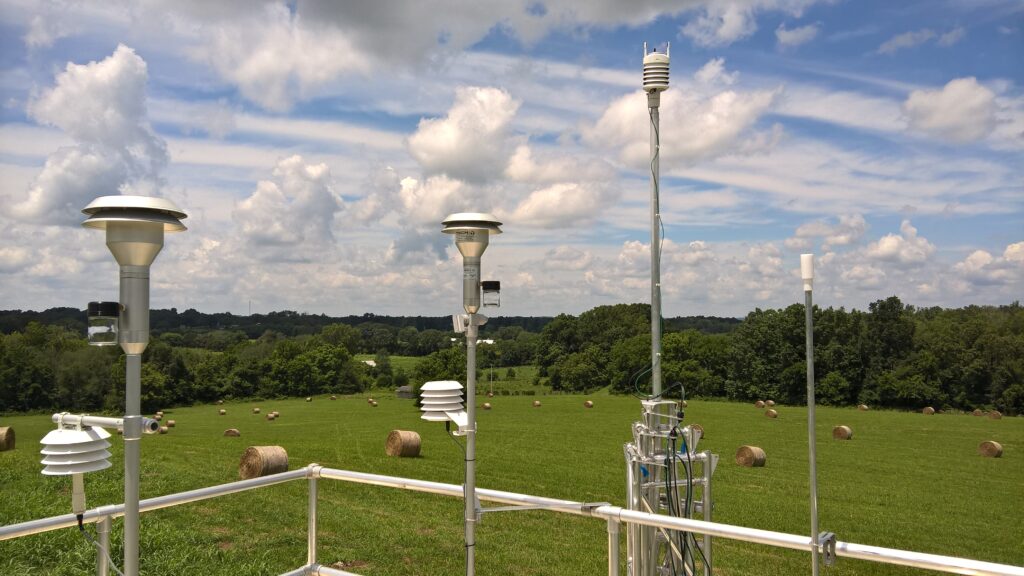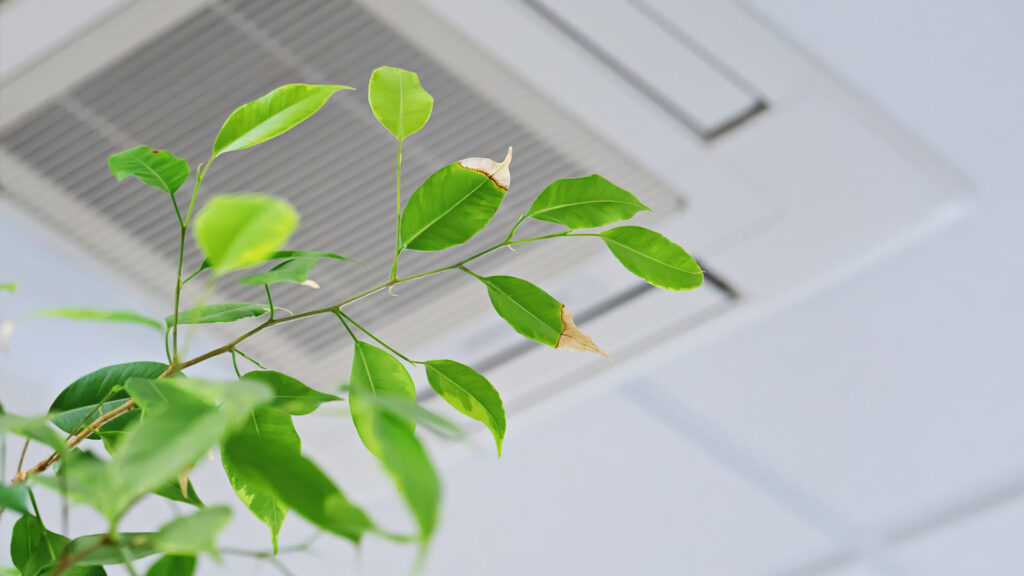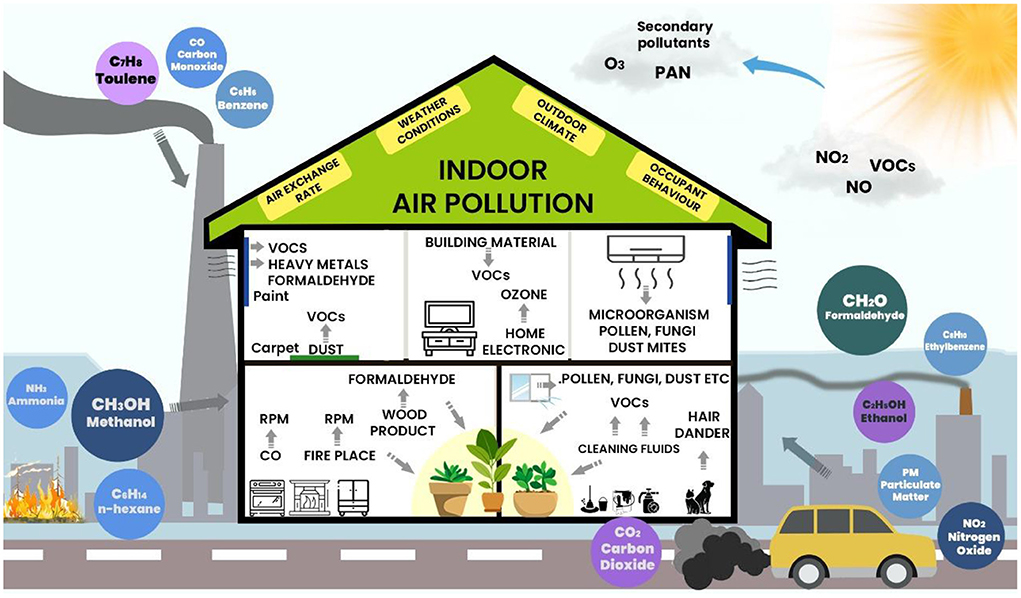Air quality is a critical factor that directly impacts our health and well-being. However, when discussing air quality, it’s essential to differentiate between two key aspects: ambient air monitoring and indoor air quality. While both are crucial, they address distinct environments and concerns. In this article, we will explore the differences between ambient air monitoring and indoor air quality and why each is important.

Ambient Air Monitoring
- Definition
Ambient air monitoring refers to the systematic assessment of the quality of outdoor air in the environment. It involves the measurement and analysis of air pollutants in the atmosphere, such as particulate matter, ground-level ozone, sulfur dioxide, nitrogen dioxide, carbon monoxide, and volatile organic compounds.
- Scope
- Outdoor Environment: Ambient air monitoring focuses on the air we breathe outside, including urban, suburban, rural, and industrial areas.
- Multiple Sources: It assesses air quality influenced by various sources, including industrial emissions, vehicle exhaust, natural processes, and atmospheric conditions.
- Importance
- Public Health: Monitoring outdoor air quality helps protect public health by providing early warnings of poor air quality and informing the public about potential health risks.
- Regulatory Compliance: Data from ambient air monitoring stations are used to assess compliance with air quality standards and regulations, guiding pollution control measures.
Indoor Air Quality (IAQ)
- Definition
Indoor air quality (IAQ) refers to the quality of the air within buildings and structures, including homes, offices, schools, and indoor public spaces. IAQ is a measure of the cleanliness and healthiness of the air people breathe indoors.
- Scope
- Indoor Environment: IAQ assesses air quality within enclosed spaces, focusing on factors that affect indoor occupants.
- Local Sources: It considers sources such as indoor heating and cooling systems, cleaning products, building materials, and furnishings.
- Importance
- Occupant Health: Monitoring indoor air quality is essential for protecting the health and comfort of building occupants. Poor IAQ can lead to health issues like allergies, respiratory problems, and sick building syndrome.
- Productivity: IAQ can impact productivity in workplaces and the learning environment in schools. Good IAQ is linked to higher cognitive performance and reduced absenteeism.

Key Differences
- Environment: Ambient air monitoring assesses outdoor air quality, while indoor air quality focuses on the air within enclosed spaces.
- Scope: Ambient air monitoring considers multiple sources of pollution in the open environment, whereas IAQ assesses factors specific to indoor spaces.
- Health Concerns: Ambient air monitoring is primarily concerned with protecting public health from outdoor air pollution. IAQ focuses on creating a healthy indoor environment.
- Regulation: Ambient air monitoring is often regulated by government agencies to enforce air quality standards. IAQ may be subject to building codes and regulations, but enforcement can vary.
Importance of Both
Both ambient air monitoring and indoor air quality assessment are vital for ensuring a healthy living environment:
- Comprehensive Health Protection: Monitoring both ambient and indoor air quality provides comprehensive protection for individuals. Outdoor air can impact indoor air quality, and indoor sources can affect health indoors.
- Pollution Mitigation: Understanding outdoor air quality informs pollution control measures, while IAQ assessments help identify and address sources of indoor pollution.
- Public Awareness: Educating the public about both outdoor and indoor air quality empowers individuals to take actions to protect their health and advocate for cleaner air.
Conclusion
Ambient air monitoring and indoor air quality assessment serve distinct but equally important purposes. Ambient air monitoring protects public health by monitoring outdoor air quality and guiding regulatory efforts, while IAQ assessment ensures healthy indoor environments where people live, work, and learn. Recognizing the differences between the two allows for a comprehensive approach to air quality management, ultimately benefiting the well-being of individuals and communities.
As we become increasingly aware of the importance of air quality, efforts to monitor and improve both ambient and indoor air quality are essential for creating healthier, more sustainable living spaces for everyone.
Frequently Asked Questions
Is indoor air always worse than outdoor air in terms of pollution?
Not necessarily. Indoor air quality can vary significantly depending on factors like ventilation, building materials, and the presence of indoor pollution sources. In some cases, indoor air quality can be worse than outdoor air quality, while in others, it may be better.
Are there specific standards for indoor air quality like there are for ambient air quality?
Standards and guidelines for indoor air quality may vary by region and building type. Some organizations and governments provide recommended indoor air quality parameters, but they are not as universally regulated as ambient air quality standards.
What are some common indoor air pollutants?
Common indoor air pollutants include volatile organic compounds (VOCs), formaldehyde, radon, tobacco smoke, mold spores, dust mites, pet dander, and pollen.
Can indoor air quality affect allergies and asthma?
Yes, poor indoor air quality can exacerbate allergies and asthma symptoms. Indoor allergens like dust mites and mold, as well as irritants like tobacco smoke, can trigger allergic reactions and asthma attacks.
How can individuals improve indoor air quality in their homes?
Improving IAQ can be achieved by proper ventilation, regular cleaning, using air purifiers, reducing indoor smoking, and addressing sources of indoor pollution such as leaks and mold growth.
Author Bio
Mr. Parthiv Kinariwala is a leading expert in calibration and testing services, with over 20 years of experience in the industry. As the founder of Prism Calibration, established in 2004, Mr. Kinariwala has been at the forefront of delivering precise and reliable calibration, testing, and validation solutions across various industries. His expertise in providing services that meet international calibration standards has earned the trust of major clients, including Reliance Industries, Zydus Cadila, Indian Oil, ONGC, Adani, and Tata.
With a deep understanding of instrumentation, measurement accuracy, and industrial testing, Mr. Kinariwala ensures that each client receives exceptional service tailored to their specific needs. His unwavering commitment to quality and precision has established Prism Calibration as a trusted partner for some of the largest and most respected organizations in the industry.







